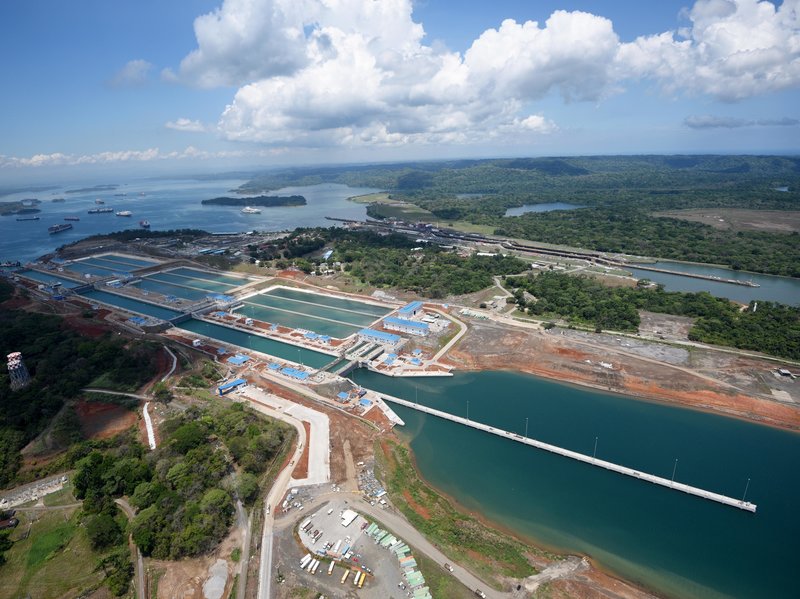In June, thousands of people celebrated the opening of the new and wider Panama Canal locks, doubling the canal’s capacity and allowing vessels half again as large as before to cut across Panama between the Pacific and Atlantic oceans.
Panama marked the long-awaited opening of the expanded canal with a cocktail party hosted by the Panama Canal Authority Administrator, Jorge Luis Quijano, who introduced the “third set of locks” concept to the world’s maritime community under the motto “The Great Connection”.
“More than a hundred years ago, the Panama Canal connected two oceans,” Quijano said. “Today, we connect the present and the future. It is an honour to announce that we did it together, providing this great connection to the world. This is the beginning of a new era.”
On June 26, the inaugural transit of the Neo-Panamax Canal began as MV COSCO Shipping Panama passed through the new Atlantic locks in Aguas Claras. WWL representatives witnessed the transit from Cocoli Locks on the Pacific side, where Panama President Juan Carlos Varela led the opening ceremony attended by more than 25,000 jubilant Panamanians, canal employees and customers, shipping and trade executives, as well as heads of state and dignitaries from around the world.
The Panama Canal has doubled its capacity with a new traffic lane combined with the expanded width and depth of the lanes and locks for larger ships to pass through. The new, larger size of ships, called Neo Panamax, are about one and a half times the previous Panamax size and can carry over twice as much cargo.
WWL was represented at the ceremony by Gary Jones, Atlantic Vice President, and Mary Carmen Barrios, Latin America General Manager. “The expanded canal will have an immediate and long-term beneficial impact on Panama, the world, global trade and the global shipping industry in general,” says Gary Jones.
Mary Carmen Barrios adds, “As a Panamanian, I am very proud that the expanded canal project has been completed. WWL has been part of this achievement with every single booking and transit made through the waterway.”
